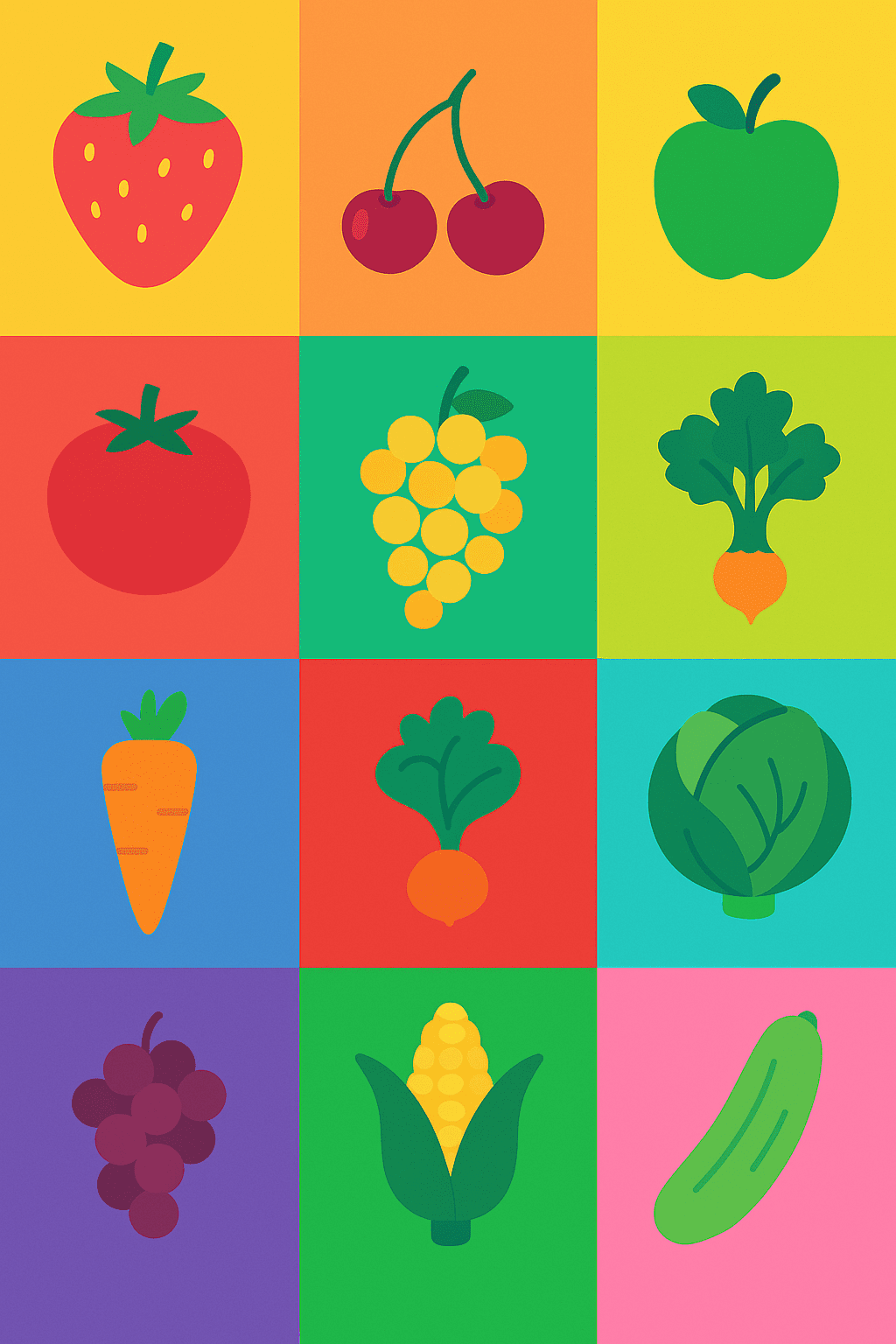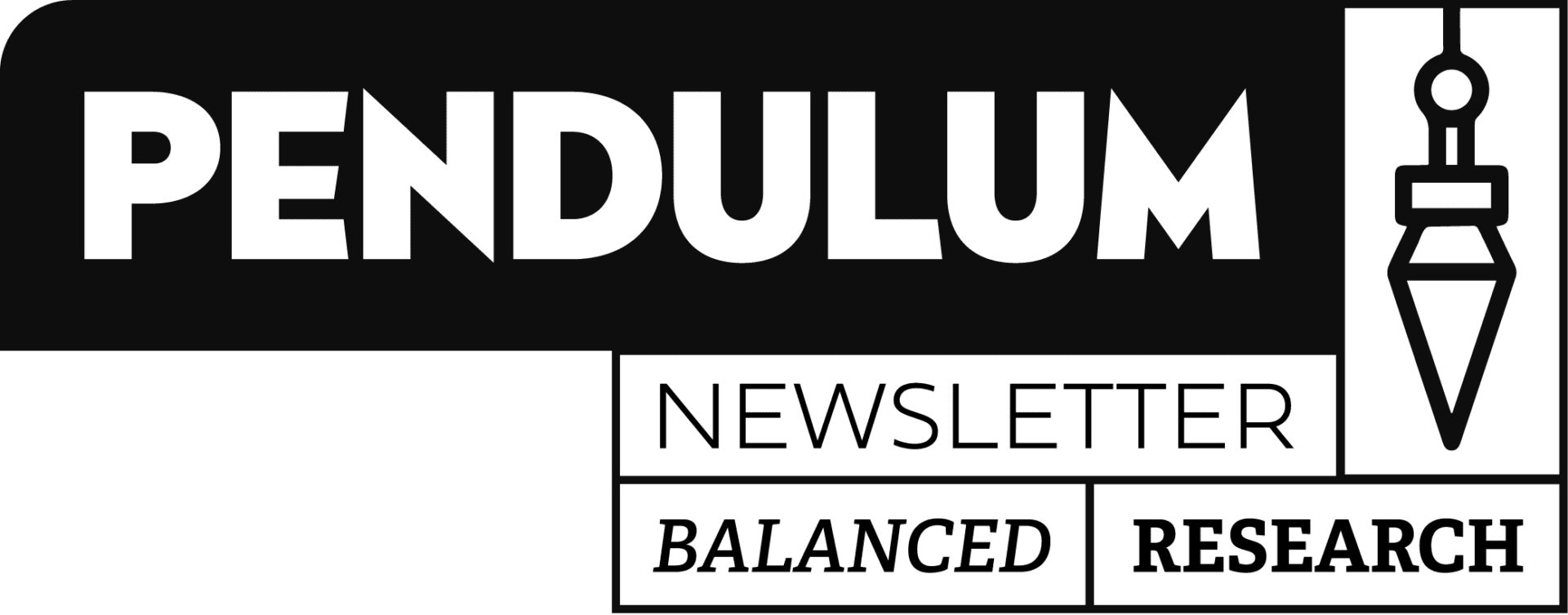
| A rule of thumb to guesstimate when to bother with organic or not: the Dirty Dozen is often thin-skinned or has no skin produce (think celery, spinach, strawberries), while non-edible skins eliminate a lot of pesticide exposure. (think Avocado, mango, sweet corn). The lists are meant to inform shoppers of the 12 fruits and vegetables most laden with pesticide residue and contaminants. Additionally, it considers the level of toxins farmers typically use and the unsustainability of how the produce was farmed. The Dirty Dozen usually doesn’t make significant changes year after year, and strawberries usually top the list as the dirtiest. How much merit does the Dirty Dozen List carry? While many shoppers have heard of it, remembering the rank of 27 different products may not be a top priority. Shoppers may be more likely to buy mainly organic to support better farming practices in general or all conventional, avoiding the organic price markup that may or may not be reasonable. Yet the use of pesticides and food safety is so unregulated that safety is a real concern when selecting produce. According to the EWG: “The current EPA pesticide tolerances are like having a 500-mph speed limit: If the rules of the road are so loose that it’s impossible to violate them, no one can feel safe.” For example, “In 2014, the Center for Investigative Reporting revealed how Dow lobbied for and won a loophole to allow California strawberry growers to double their annual use of Telone. As a result, more than a million Californians were exposed to higher concentrations of Telone than was previously considered safe, according to the center.” Bananas are not on either list! The thick skin protects a lot of the fruit from topical pesticides. Yet, they aren’t on the clean list because of practices that induce them to ripen “on time .”Bananas are an example of buying organic to support responsible farming but has little to do with pesticide exposure. |
| Why to Use the Dirty Dozen: Some crops demand heavier chemical use than others, so it’s good to know that strawberries and spinach are especially chemical-laden. The research on how these toxins really affect us is ongoing. Historically we’ve never been exposed to this amount of daily toxins. The Dirty Dozen takes into account how many different pesticides are layered on top of each other without knowing how they interact. Farming sustainability & working conditions. Litigation for the chemical Round-Up is ongoing. Strawberries are #1 Dirty because 80% of the toxins used are fumigants that kill the soil’s microbiome. So it’s not just about pesticides. Why It Might Not Matter: In 2003 when the Clean and Dirty lists were first published, the organic v conventional farming landscape was different, with most organic labels still being small-scale farmers. Big produce sellers who have historically used terrible farming practices now have organic labels, so often, the organic price markup is still going to Driscoll (or other big sellers) who will use loopholes and lobby the EPA. For example, Organic Bananas from Ecuador are still sprayed with ROTENONE which was banned in the US in 2007. Detecting pesticides on samples are measured in the parts per billion measurements, meaning that when pesticides are detected on a single sample in trace amounts. The root problem is toxin exposure in everyday life, but occasionally eating trace pesticides isn’t going to move the needle. Determining toxicity and risk is not simple. Dosage and exposure are difficult to establish, making it all a sliding scale to determine how harmful any fruit is or isn’t if someone is only concerned about exposure to pesticides. |


